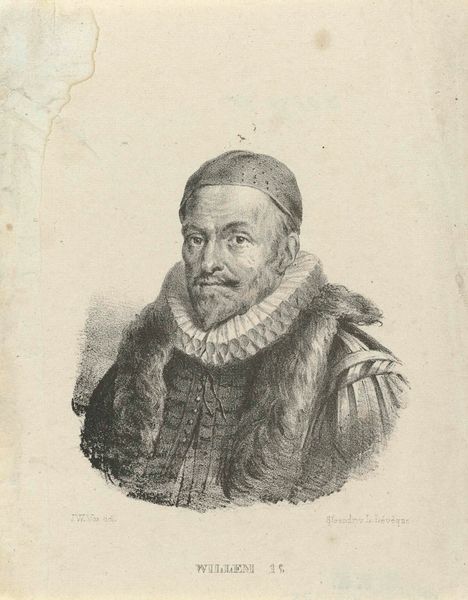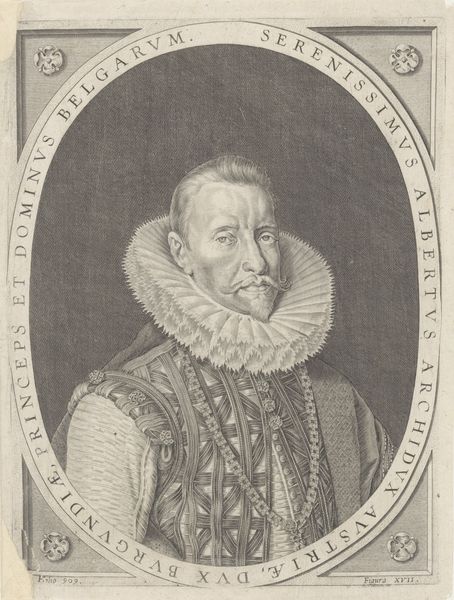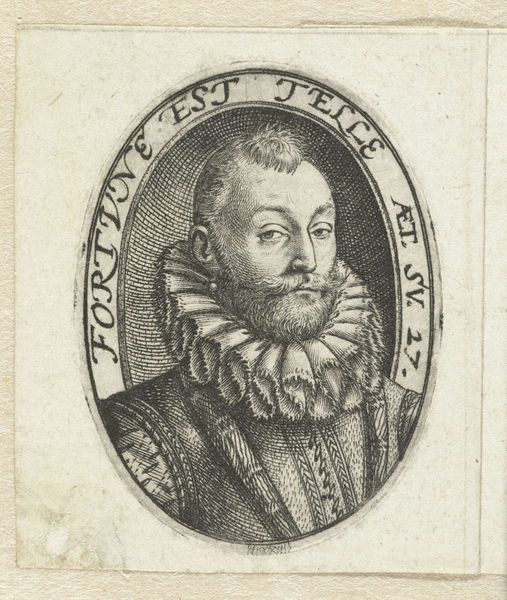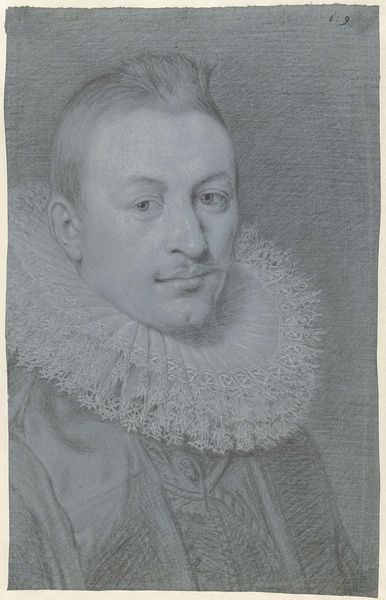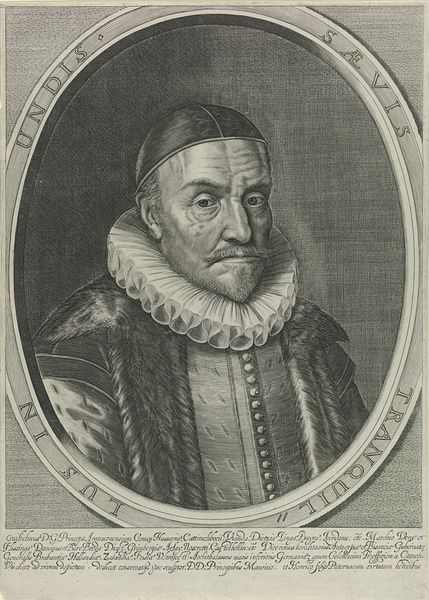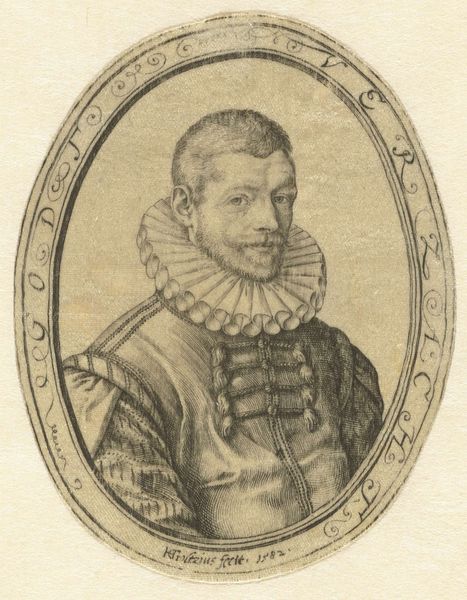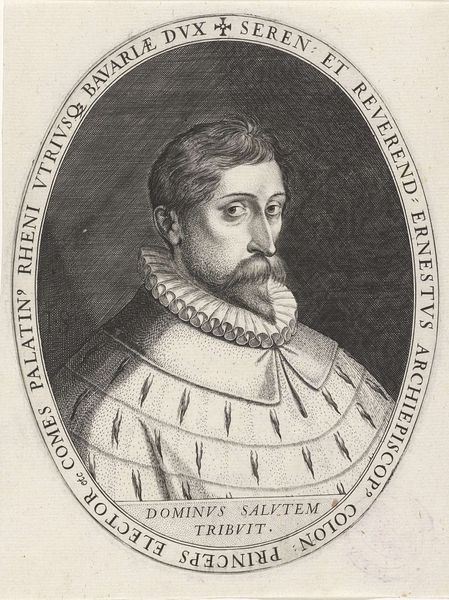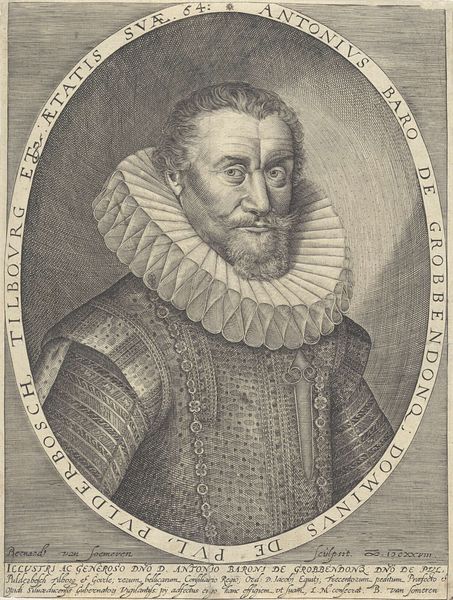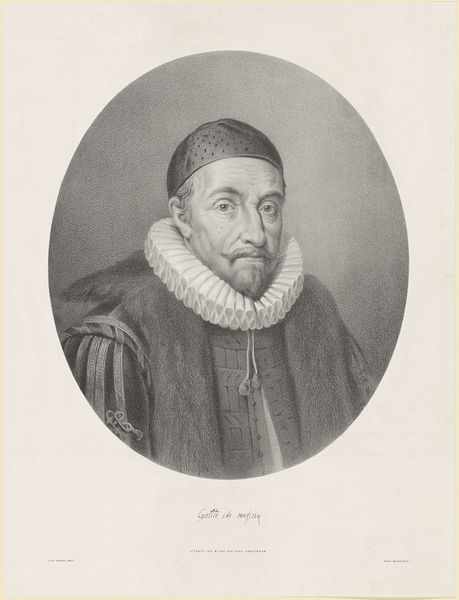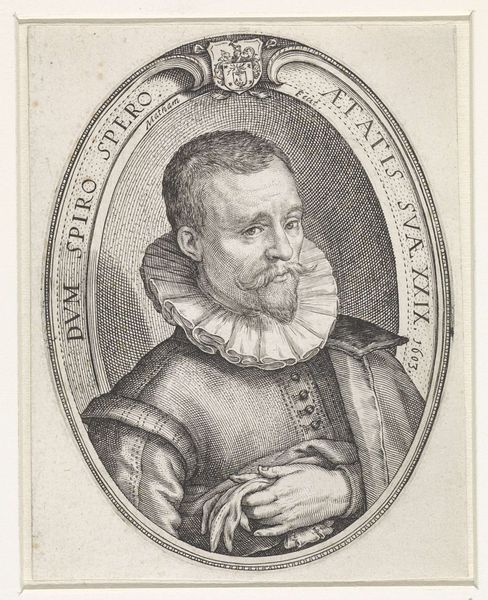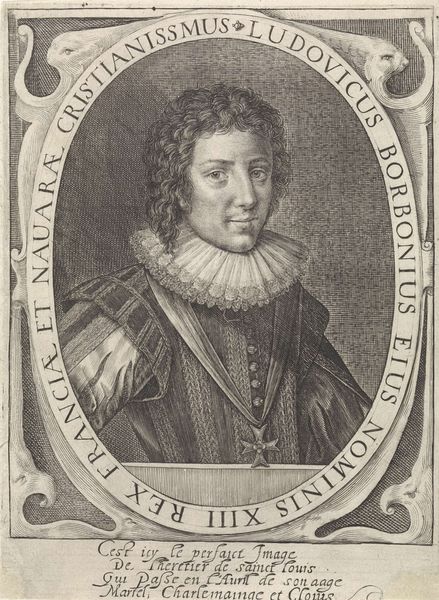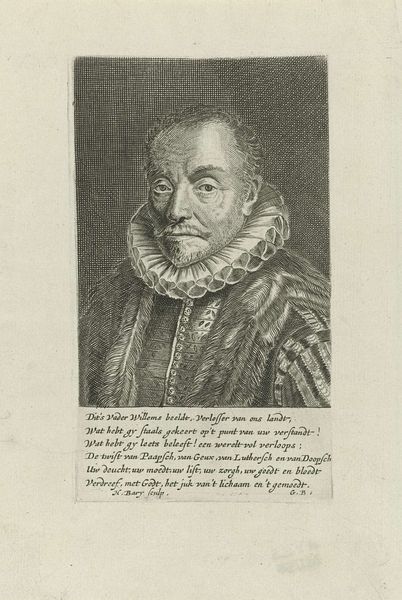
drawing, pencil
#
portrait
#
pencil drawn
#
drawing
#
self-portrait
#
charcoal drawing
#
mannerism
#
pencil drawing
#
pencil
#
portrait drawing
#
northern-renaissance
Dimensions: height 57 mm, width 44 mm
Copyright: Rijks Museum: Open Domain
Curator: Here we have "Portret van Pieter Dircksz. Hasselaer (?)" a pencil drawing created between 1578 and 1588 by Hendrick Goltzius. Editor: The texture is incredible. It's unfinished, yet it breathes this very tangible air of realism. It has an approachable quality to it, despite being a formal portrait. Curator: Precisely! Goltzius demonstrates a masterful control of line, establishing the sitter's presence through the rigorous articulation of form. Notice how the subtle gradations of tone lend an almost sculptural quality. Editor: What paper and pencils would have been accessible to Goltzius, and to what extent would those impact the work? Was this paper readily available or more valuable, thus demanding a degree of higher skill to ensure it was used well and not wasted? Curator: That’s a rich line of inquiry. But returning to the visible aspects: the details are so precisely rendered. Observe the rendering of the ruff collar. Goltzius delineates its intricate folds, crafting a pattern that draws the eye and holds it there, highlighting the subject's refined status. Editor: Yet it remains fundamentally about the craft for me. The visible strokes, the hatching, the almost clinical way the layers accumulate, each adding dimension. I can almost feel the artist's hand moving across the paper. Also, that the work feels "unfinished" – could it be read as a subversive act to contest what the traditional purpose of such portraits could/should achieve? Curator: The incompleteness injects a remarkable modernity, certainly. There is an intimacy rarely achieved within the conventions of portraiture during the Northern Renaissance. The expressiveness here isn't just representational but fundamentally artful, existing as an exploration of form. Editor: Agreed, but it brings to mind the material conditions. How many iterations did it take to reach even this stage? The discarded versions that did not survive or were repurposed—the labour becomes a testament itself. Curator: You compel me to reconsider this through a different lens. It's about not just seeing but sensing the artistic process. Editor: Right, and appreciating not just the finished object but the physical act, and the materials which allow us to experience the drawing centuries later.
Comments
No comments
Be the first to comment and join the conversation on the ultimate creative platform.
